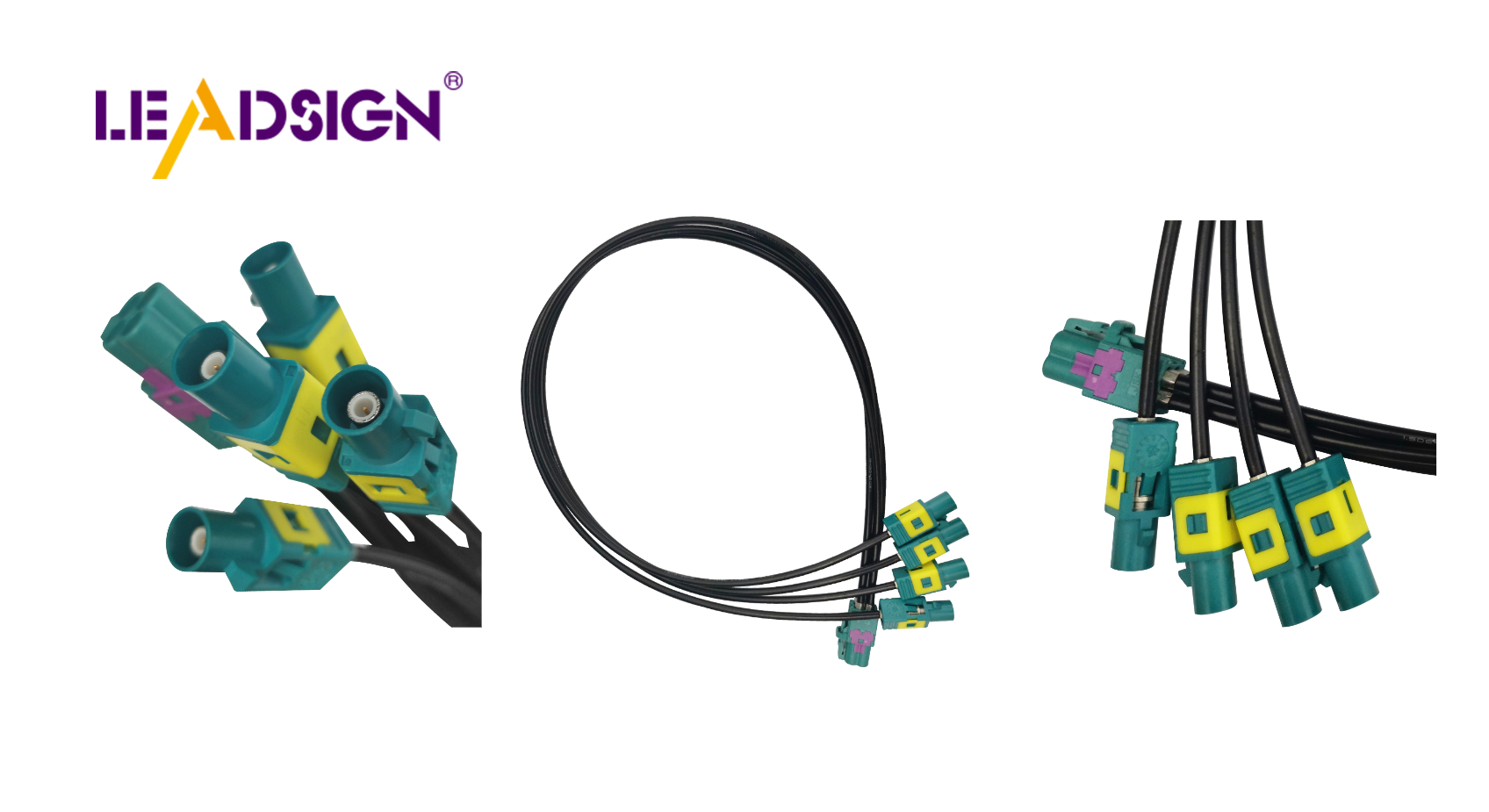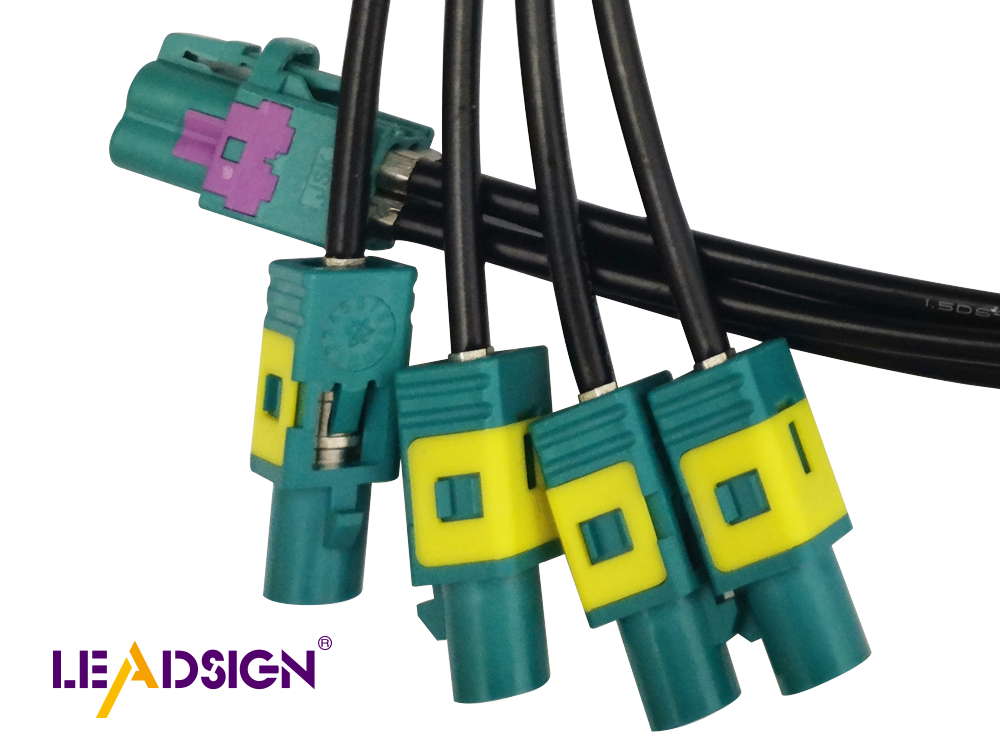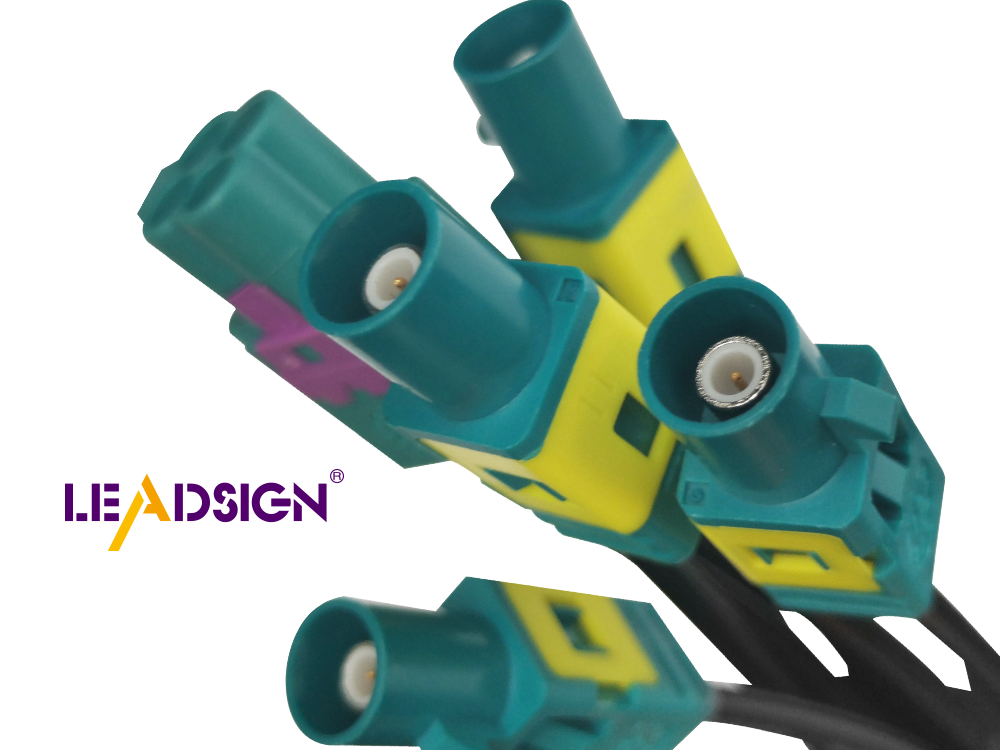Terminal Connectors: The Backbone of Connectivity

Terminal connectors are key parts in electrical systems. They help connect wires, conductors, and cables smoothly. They keep electrical connections strong in many uses. SNAP IN and PUSH IN technologies make plugging easy and flexible. This improves how well these connectors work. Following crimping rules, like UL's, keeps connections safe and efficient. These rules are important for good performance and safety in different fields. Terminal connectors are very important.
Types of Terminal Connectors

Terminal connectors are important in electrical systems. They help connect wires and cables easily. Knowing the types of terminal connectors helps pick the right one for each job.
Wire Connectors
Wire connectors join wires safely. They come in different kinds, like twist-on wire connectors. These are used a lot in homes and offices. They work by twisting wires together and covering them with a cap. Push-in wire connectors are another kind. You just push the wire in without twisting it. These are good for quick jobs, like lights and junction boxes.
Lug Connectors
Lug connectors link wires to a block or stud. They are strong and used in factories and cars because they handle high power well. A lug connector has a metal tube crimped on the wire for a tight hold. Crimping uses a tool to squeeze the lug onto the wire tightly, making it reliable.
Spade Connectors
Spade connectors look like forks. They're used in cars and electronics where you need to disconnect quickly. The fork shape makes them easy to put on or take off from blocks or screws, which is handy when things need fixing often. They keep wires attached firmly too.
Ring Connectors
Ring connectors are important in electrical systems. They make strong and safe connections. The round end fits tightly on a screw or stud. This keeps it from coming loose when things shake.
Main Features of Ring Connectors:
Strong Hold: The ring shape holds tight, so it doesn't come off easily.
Many Uses: You can use them in cars, factories, and homes.
Tough Build: Made from strong stuff, they last long even in tough places.
Ring connectors are used where safety is very important. In cars, they keep connections secure even when moving a lot. They are easy to put on and take off, which helps with fixing things.
Specifications of Terminal Connectors
Terminal connectors are important for making electrical systems work well and safely. Knowing their details helps pick the right one for each job.
Material
The stuff used to make terminal connectors affects how they work and last. Makers often use copper, brass, or aluminum because they conduct electricity well and don't rust easily. Ring terminals are usually made from these materials to keep connections strong in cars and electrical systems. The material choice makes sure connectors can handle different weather conditions over time.
Size
Size is a key detail for terminal connectors. It shows if the connector fits with different wire sizes and spaces available for setup. Terminal blocks let you use many wire sizes, which is helpful in control boxes where space matters. Picking the right size makes sure connectors fit well, lowering the chance of loose wires or electric problems.
Current Rating
Current rating tells how much electricity a connector can carry without getting too hot or breaking. This is important for keeping electrical systems safe and working well. Connectors with higher ratings are good for things needing more power like big machines or car systems. Following the current rating stops electric dangers and keeps systems reliable.
Standards for Terminal Connectors

Why Following Rules Matters
Following rules makes sure terminal connectors work well and safely in many places. Groups like Underwriters Laboratories (UL) make rules about materials, tools, and tests. These rules help makers create safe and good connectors. For example, UL's crimping rules ensure strong materials and secure crimping. This lowers the chance of electrical problems and helps connections last longer.
Picking certified parts can change costs and how well things work. Certified parts promise that connectors will do their job right, making users feel safe. In places where safety is very important, like car factories, following these rules is key. Doing so not only keeps people safe but also makes them trust the product more.
Important Rule-Making Groups
Many groups set standards for terminal connectors to make sure they work well. Underwriters Laboratories (UL) is a big name that sets crimping connector rules. They cover everything from picking materials to testing products for safety.
The American National Standards Institute (ANSI) and the National Electrical Manufacturers Association (NEMA) also help standardize electrical connectors. ANSI/NEMA CC 1-2009 talks about power connections in substations, showing why standard connectors are needed in power setups.
Worldwide, standards like BS 442 and BS 4579 are used for train signal terminals. These global rules show how important it is to follow standards to keep terminal connectors safe and reliable in different fields.
How Specifications and Standards Affect Performance
Specifications and standards are very important. They help terminal connectors work well and safely in different places.
Reliability
Reliability means the connectors always work right. This happens when they follow rules set by groups like Underwriters Laboratories (UL) and IEC Standards. These rules tell makers how to pick materials, crimp wires, and test products. For example, UL has rules for crimping so that connectors stay strong in tough conditions.
The MIL-SPEC Standards are used in the military. They make sure connectors work even when things get really hard. In the UK, BS Standards check how terminals are put in place and inspected to keep them safe over time. By following these standards, makers can create connectors that last long even when used a lot.
Safety
Safety is very important for terminal connectors. Rules make sure they don't cause electrical problems. The IEC Standards give advice on making safe connections with crimped wires to stop overheating or fires.
Rules like BS 5733 say that connections should not need much fixing and should be tight to avoid loose wires. Also, Regulation 521.8.3 says there must be boxes for many circuits to keep systems neat and safe.
By following these rules, makers can build terminal connectors that do their job well without causing danger to users. This makes people trust them more because they know the products are safe.
Knowing about the types, details, and rules of terminal connectors is important. Picking the right connector for each job makes connections work better and last longer. Rules from groups like Underwriters Laboratories (UL) and MIL-SPEC help keep products safe and efficient. Following these rules helps people choose wisely to make systems work well and stay safe. Focusing on following rules and making smart choices means terminal connectors will be a strong part of many electrical systems.
See Also
Why HSD Connectors Are Essential for Today's Tech
Transforming Car Connectivity: Benefits of HFM Connectors
Boosting Data Transfer: Significance of High-Speed Connectors

